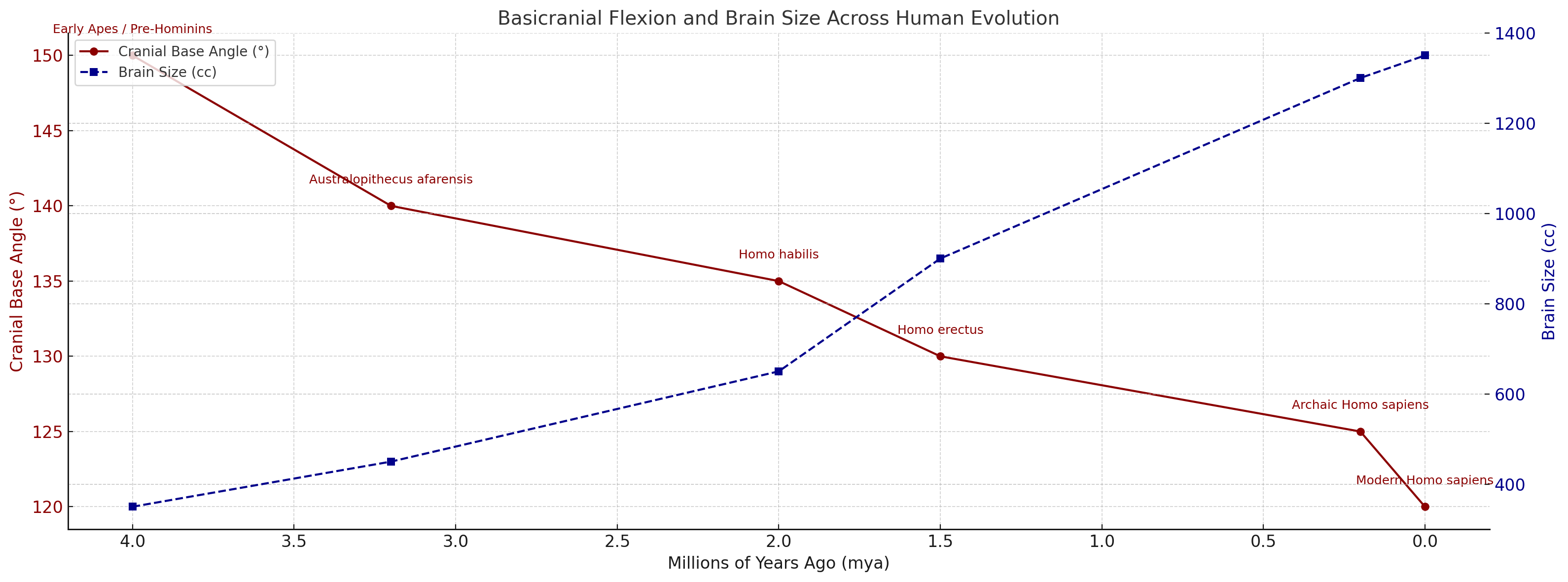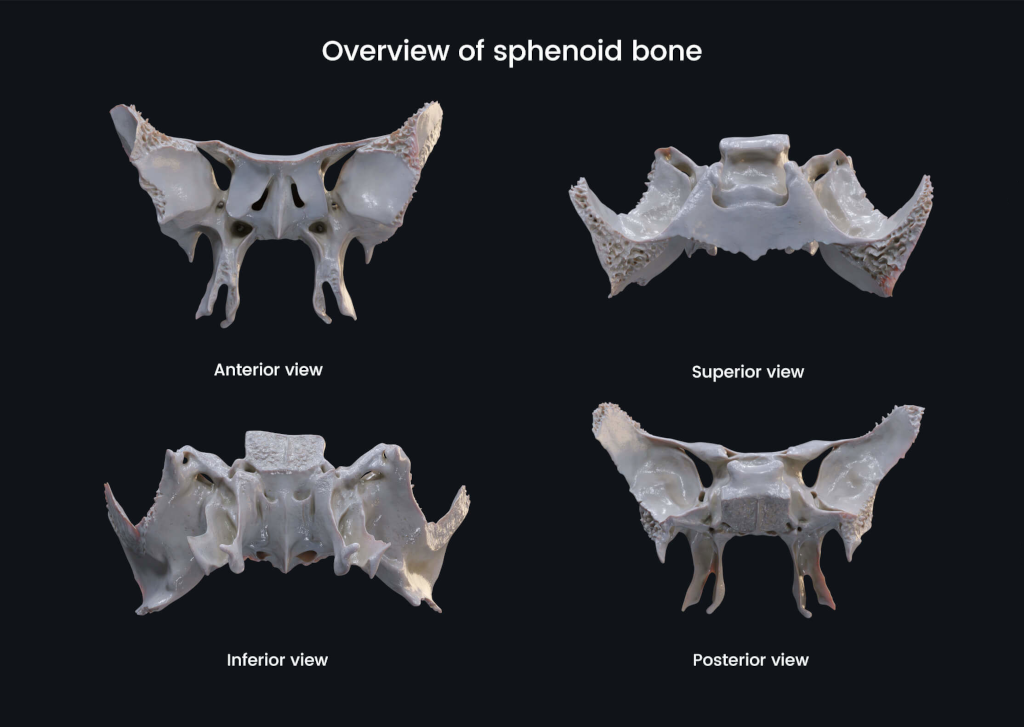Reconciling genome-based evolution and punctuated equilibrium
Since its debut in 1972, punctuated equilibrium (PE) has been both a source of controversy and a catalyst for new thinking in evolutionary biology. Proposed by Stephen Jay Gould and N iles Eldredge, PE argued that most species spend long periods in morphological stasis, only to undergo rapid bursts of change during speciation. At first glance, this seemed to clash with the prevailing model of genome-based, gradual evolution, where natural selection operates on the steady accumulation of small mutations. But in recent years, developments in genomics, developmental biology, and systems theory have begun to bridge the gap. What once seemed like a dichotomy now appears to be a case of different lenses on the same underlying process. ...

